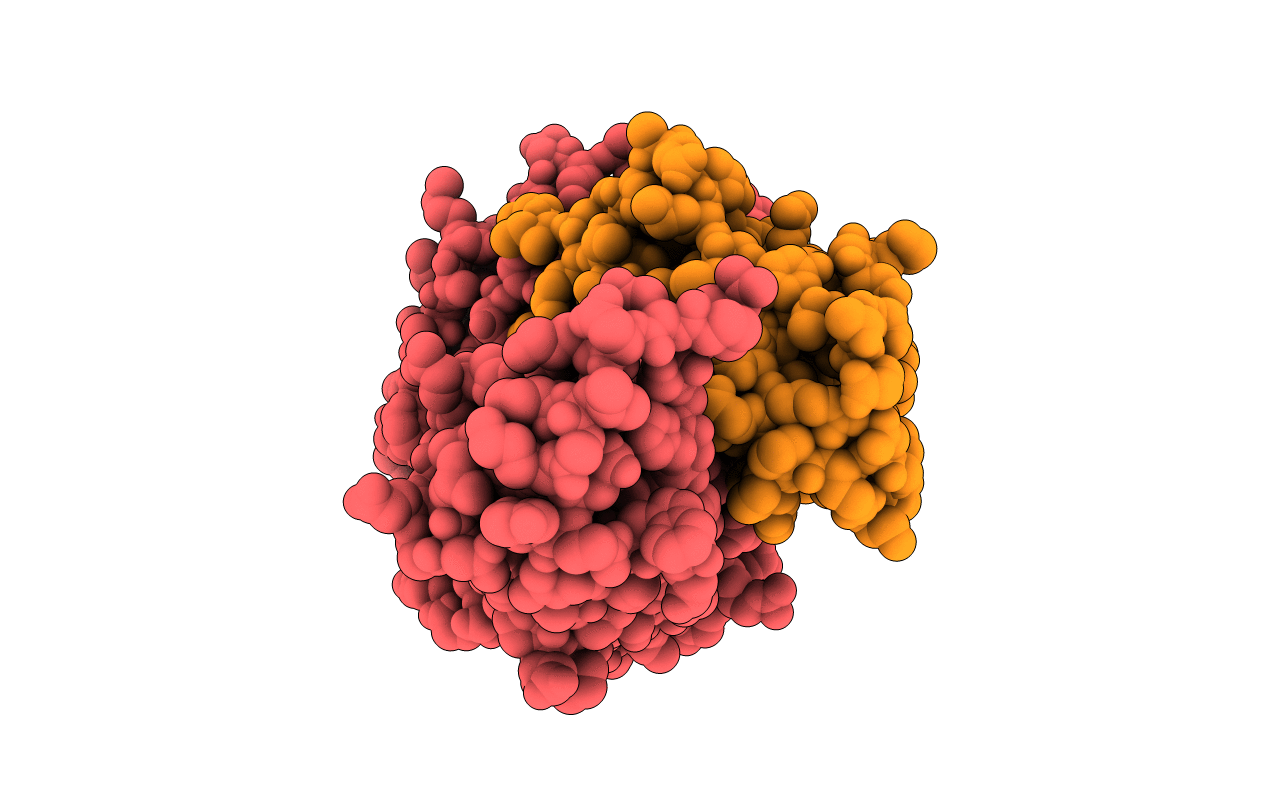
Deposition Date
2002-11-28
Release Date
2003-03-11
Last Version Date
2024-11-06
Entry Detail
PDB ID:
1NAM
Keywords:
Title:
MURINE ALLOREACTIVE SCFV TCR-PEPTIDE-MHC CLASS I MOLECULE COMPLEX
Biological Source:
Source Organism:
Mus musculus (Taxon ID: 10090)
Host Organism:
Method Details:
Experimental Method:
Resolution:
2.70 Å
R-Value Free:
0.29
R-Value Work:
0.23
R-Value Observed:
0.23
Space Group:
P 43 21 2


